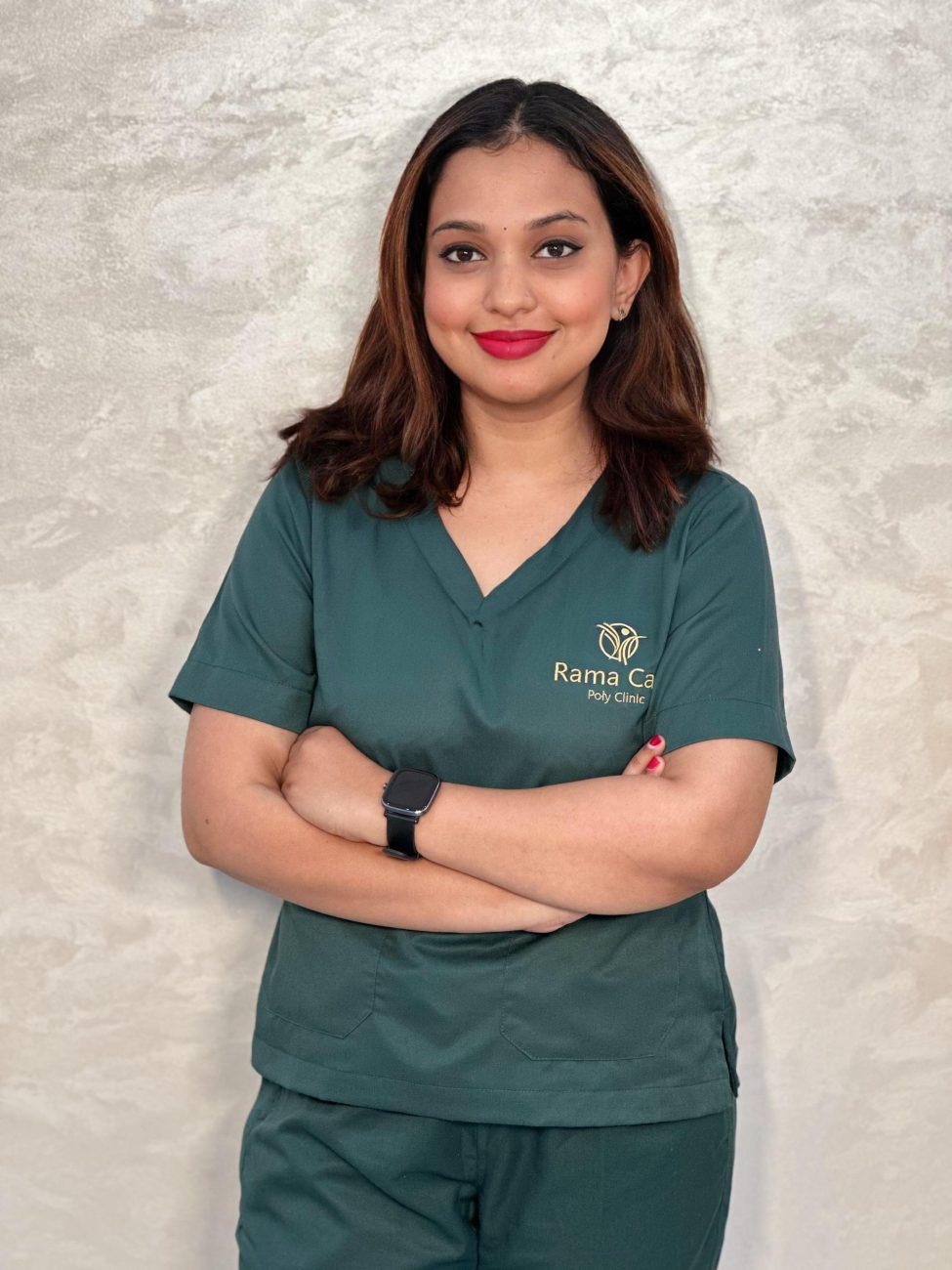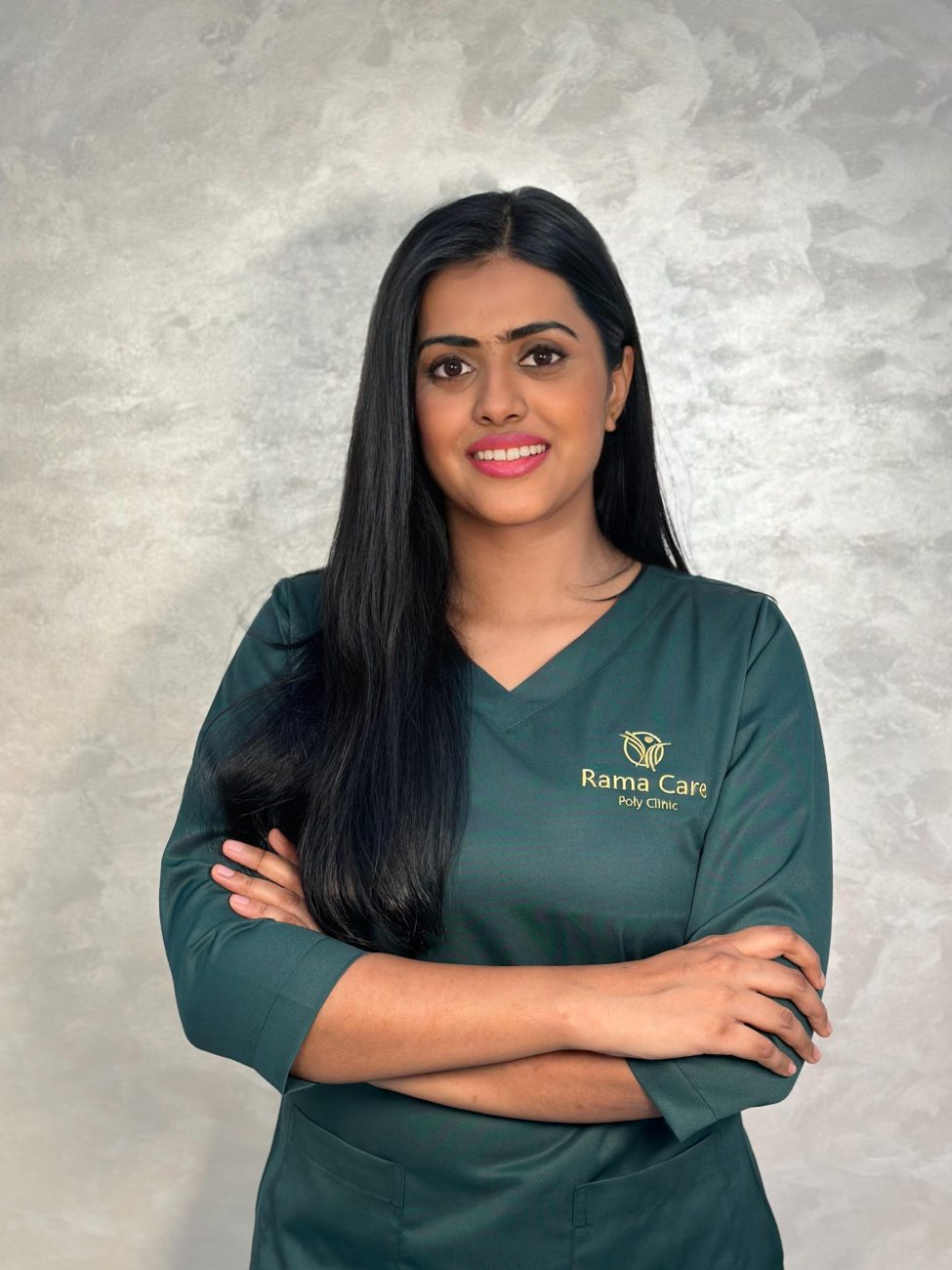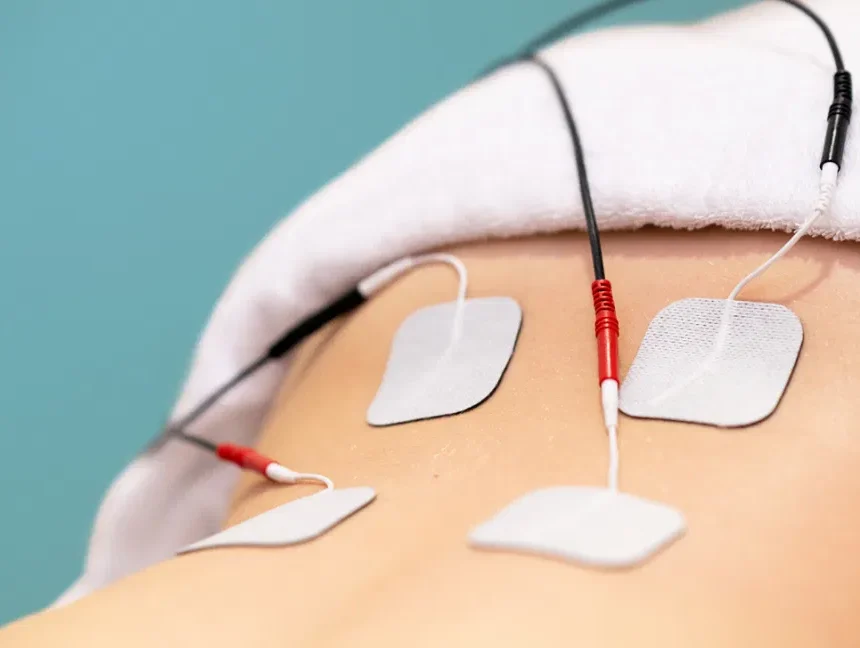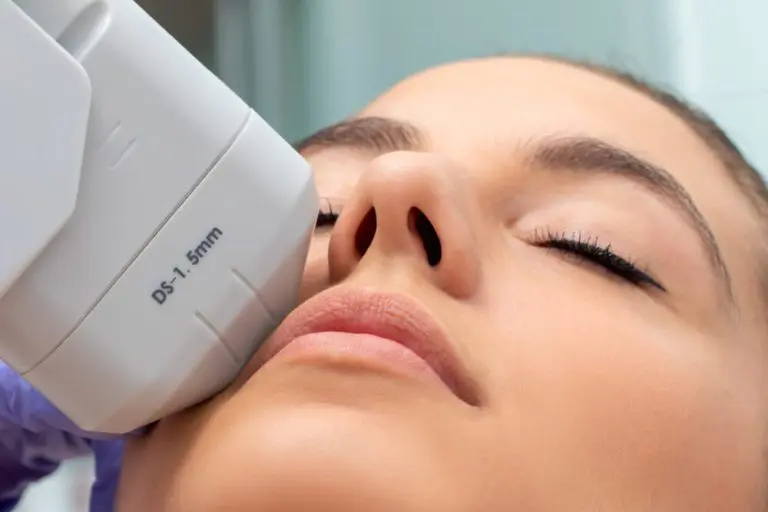Dry Needling in Dubai
Dry needling Dubai is a way doctors help with pain and movement problems linked to tight muscle points. They use thin needles near these points to make the muscles contract or twitch, which reduces pain and makes it easier to move.
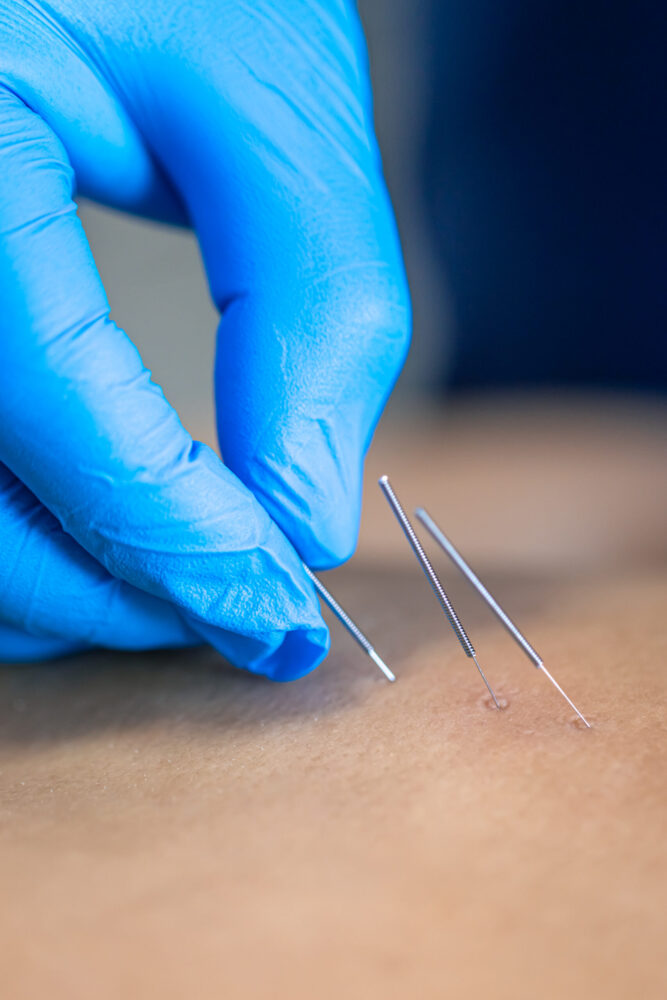
What is dry needling Dubai?
Dry needling is a method that healthcare professionals like acupuncturists and physical therapists use to help with muscle pain and movement problems. It’s usually part of a bigger plan to manage pain, which might include things like exercise, stretching, and massage. In this technique, the provider puts thin needles through your skin to target specific sore points in your muscles.
The word “myofascial” breaks down to “myo” meaning “muscle” and “fascia” meaning the thin, white tissue that wraps around your muscles. Trigger points are tight, tender spots that form in your muscles. They are very sensitive and can hurt when touched. Sometimes, these trigger points are close to where you feel pain, but they can also cause pain in other parts of your body.
Providers use needles to work on these trigger points. When dry needling is done on your muscles, it can help loosen them up, improve blood flow, and reduce both local and referred pain. The needles used are solid and don’t have any medicine, which is why it’s called “dry” needling – nothing is injected into your body. This is different from trigger point injections, where medicine is injected by a doctor.
Dry needling is also known as trigger point dry needling and intramuscular stimulation.
We Provided All Types Of Dry Needling Dubai
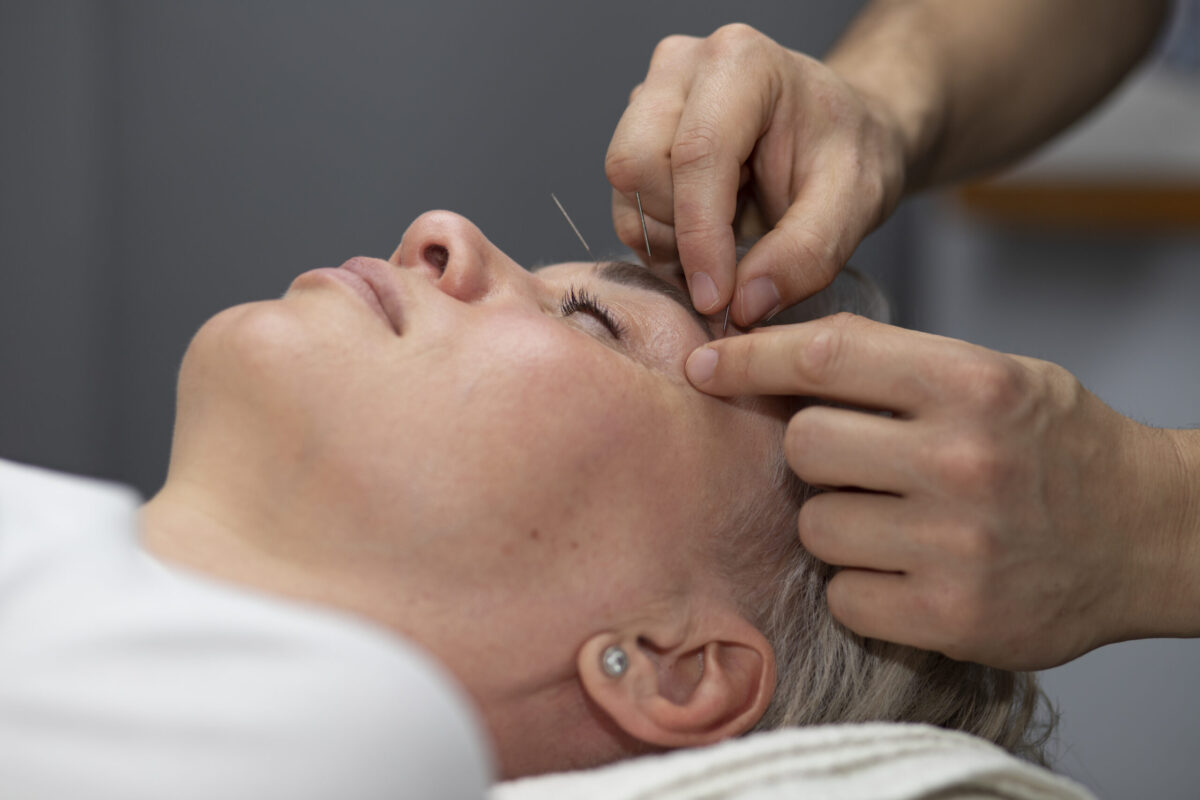
How does dry needling work?
When you use a muscle too much, it can get tired and not get enough blood. Without enough blood, it lacks oxygen and nutrients, making it hard for the muscle to relax.
When this happens, the area around the trigger point (a sensitive spot in the muscle) becomes more acidic, causing pain and soreness.
To fix this, a therapist can use a needle on the trigger point. This helps bring back normal blood flow, removing tension. The needle can also stimulate nerves to release natural pain-relievers called endorphins.
When the therapist finds a trigger point, they insert a needle into it through your skin. They might move the needle a bit to make the muscle twitch, showing it’s reacting. Some people feel better right after, while others need more sessions for relief.
Make An Appointment
What does dry needling do?
Dry needling is a way to ease pain and improve how much you can move. It can be used to help with different problems, like:
Joint issues
Disk issues
Tendonitis
Migraine and tension-type headaches
Jaw and mouth problems
Whiplash
Repetitive motion disorders
Spinal issues
Pelvic pain
Night cramps
Phantom limb pain
Postherpetic neuralgia, a complication of shingles
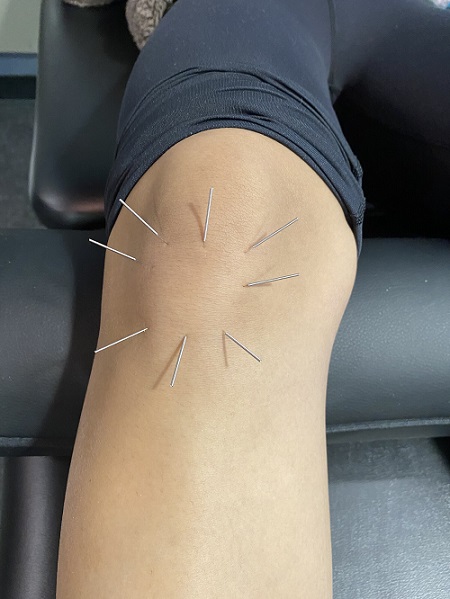
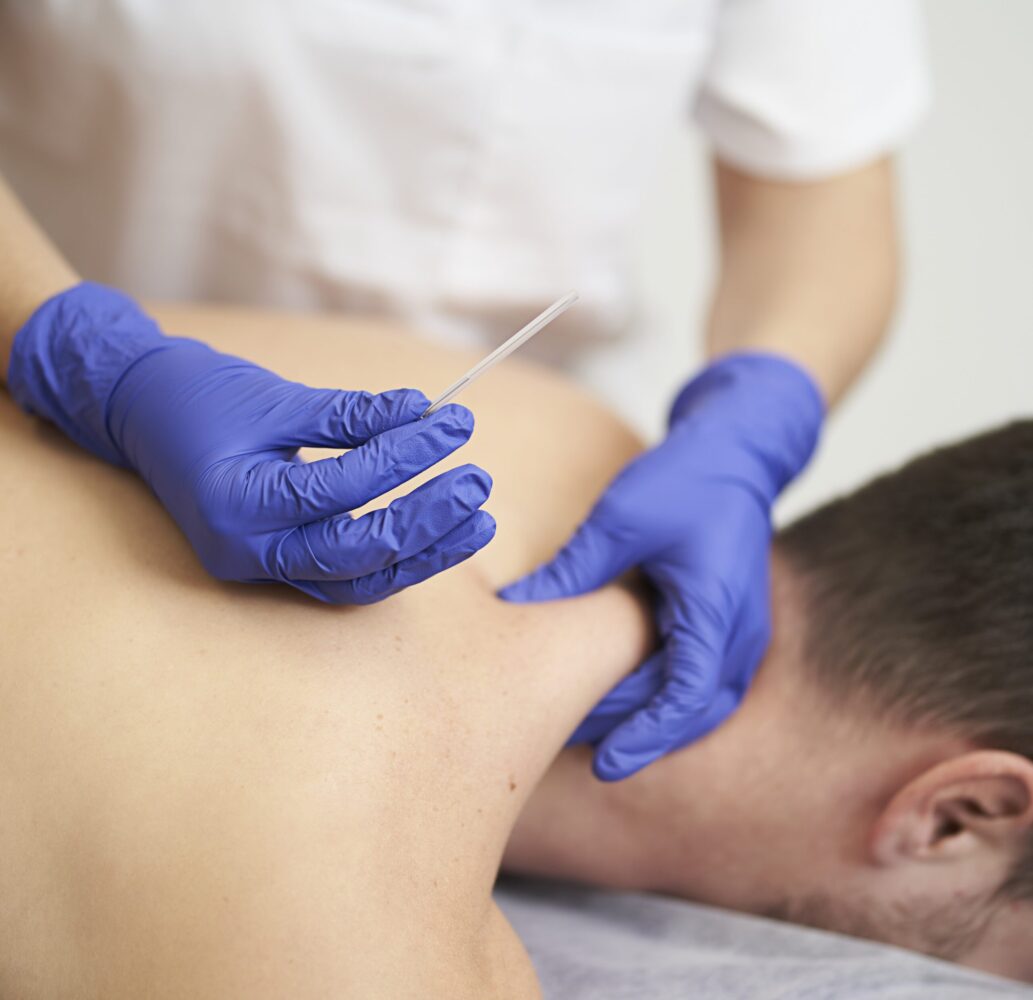
Who shouldn’t get dry needling treatments?
Some people shouldn’t get dry needling. Doctors advise against it for kids under 12 because it might hurt. Both you and your child need to agree, and it’s good to explore less painful options first. People in other groups, like those with certain health conditions, should talk to their doctor before trying dry needling.
- Are pregnant
- Aren’t able to understand the treatment
- Are very afraid of needles (trypanophobia)
- Have compromised immune systems
- Have just had surgery
- Are on blood thinners
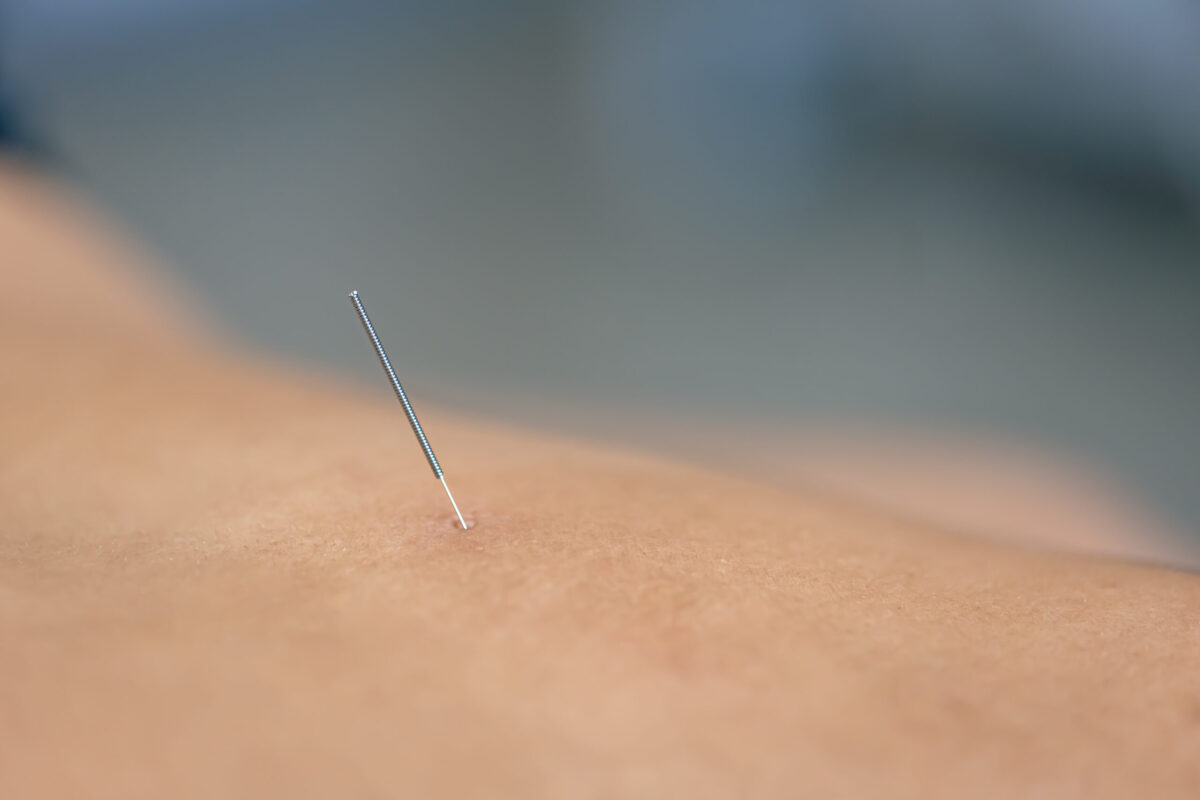
What happens before a dry needling treatment?
Before you get dry needling, the person treating you will talk about your health history and check your body. They want to make sure dry needling is the right choice for you. If they think it is, they will explain how it works and answer any questions you have.
On the day of your treatment, wear comfy and loose clothes. This helps your provider easily reach the area they’re treating. If not, they’ll give you a gown or cover.
They’ll take you to a private room or a part of a room with curtains. You’ll adjust your clothes as needed, and they’ll position you correctly for the treatment.
What happens during a dry needling treatment?
First, your healthcare provider will clean the treatment area and get the needle ready. The needles are only used once, and they are clean and disposable. Next, they’ll use their hand or fingers to feel the area and find the trigger point. With their other hand, they’ll put the needle, which is in a plastic guide tube, over the area. The guide tube helps them place the needle accurately while using one hand.
Your provider will gently tap the needle into the top layer of your skin and then remove the guide tube.
Depending on how your provider does it, they might keep the needle in for as little as two seconds or as long as 20 minutes. They might also use a technique where the needle moves in and out quickly, like a piston, going up and down through the tissue.
In your first session, your provider might only use one or two needles. After seeing how you react, they might use more needles in the following sessions, depending on your condition. For example, they might use 10 to 15 needles along your spine if you’re getting a treatment for your back.
While getting the treatment, you might feel your muscles getting sore or twitching. Don’t worry, this is normal and shows that your muscles are responding to the treatment.
The technique your provider uses may vary. Common dry-needling techniques include:
Superficial
Your doctor will put the needle about 5 to 10 millimeters deep into the lower layer of your skin, just above the trigger point.
Deep
Your healthcare provider will use a needle to go through the skin and into your muscle to reach a specific point called the trigger point.
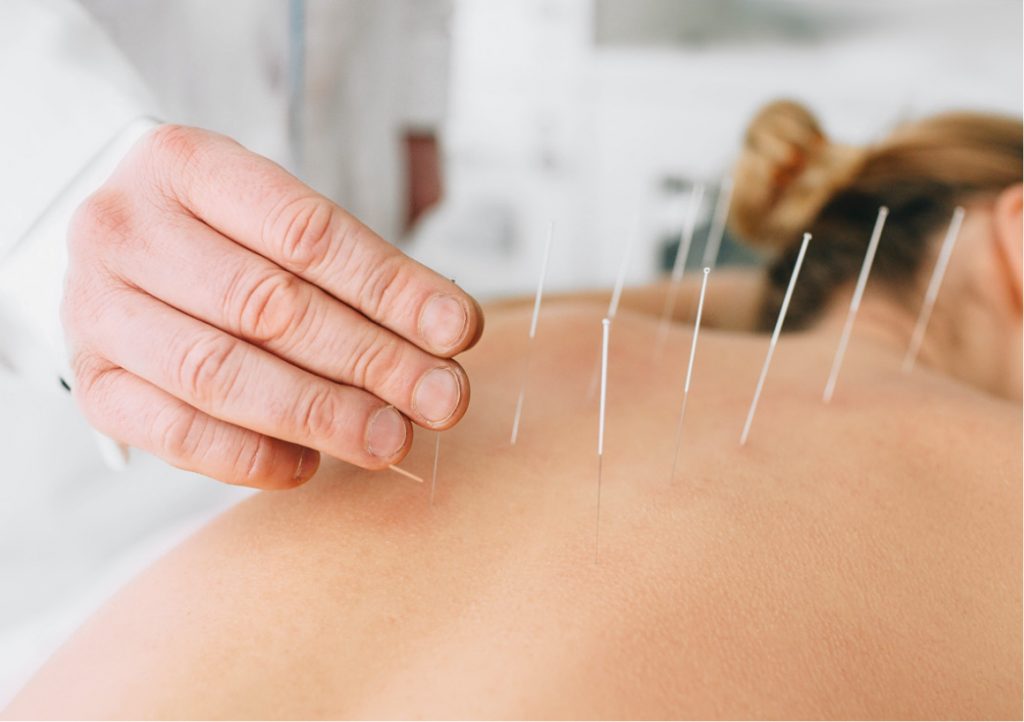
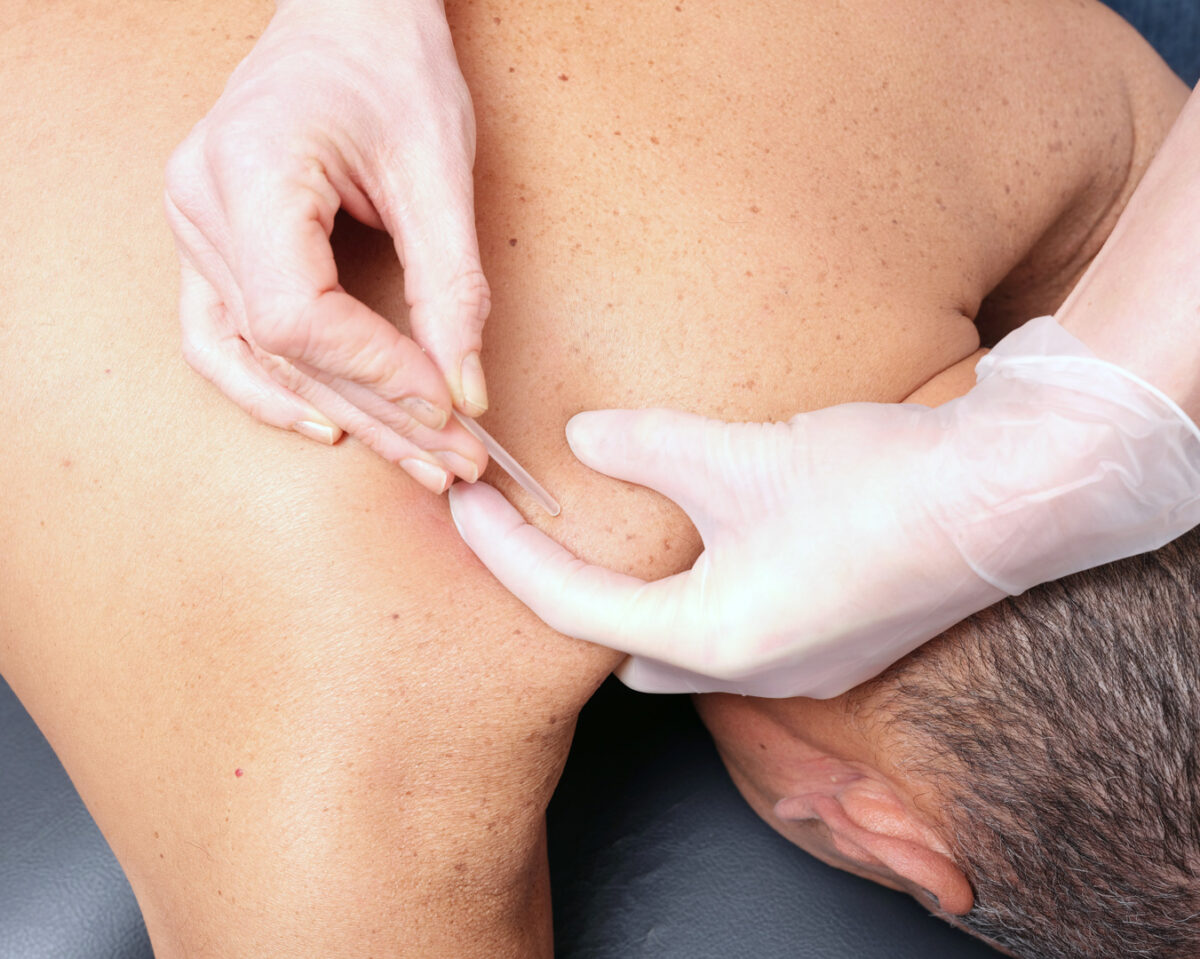
What happens after a dry needling procedure?
After your dry needling treatment, the person helping you will take out the needle and check your skin for any reactions. They’ll throw away the needle in a special container.
Then, they’ll ask you to stand up slowly. If you feel dizzy, they’ll tell you to sit and rest before you leave.
Remember to drink lots of water after your treatment to stay hydrated. Your muscles might feel more sore after, but it’s important to keep moving. This is normal and might last for a day or two. You might also notice some bruising where you got the treatment, and this could stick around for about a week.
We offer wide range of Dry Needling Treatment Dubai
Dr. Varsha Jayasimhan
Ayurvedic DoctorDr. Jeena Mathew
PhysiotherapistDr. Ifada Rohmah
General PhysicianDr. Nabeela Jamshed
General DentistSoumya Abraham
Nurse
The dry needling method is a technique that involves passing a small needle into the connective tissue of the neuromuscular system to activate trigger points and promote healing.
On the one hand, physiotherapy is a branch of Western doctoring, but acupuncture originates from the Eastern philosophy in Chinese medicine.
Different people may react differently to dry needling and the responses can be inconsistent. Others might experience the same effect at the dry needling, some can feel calm during and after the treatment, but some might have a poor body response.
It is necessary to comprehend the possibility of various reactions and the correct way to deal with them as well as appropriate clinical decision-making.
Acute pain conditions may only need one session. However, in the case of more chronic pain, the patient might need multiple treatments to see improvement.
The beneficial responses of dry needling can build up with time and there is a possibility to extend the time gap between the sessions once the best condition is achieved for the patient through treatment.
-
Dry needling can address a broad range of problems, both for pain control and musculoskeletal system dysfunction. It has the capability of relieving muscle tension and improving pain.
However, it may lead to muscle tightness, bruising, or even more side effects. It is vital to know the benefits and adverse effects of dry needling before getting treatment.
Hear From Our Clients
EXCELLENTTrustindex verifies that the original source of the review is Google. "I recently visited Rama Care Poly Clinic, and I had a very positive experience. The staff was friendly, professional, and attentive, making me feel comfortable from the moment I walked in. The doctors were knowledgeable and took the time to explain my treatment options thoroughly, which I really appreciated. The clinic was also clean and well-maintained, which added to the overall sense of care and professionalism. I would definitely recommend Rama Care Poly Clinic to anyone looking for quality healthcare services. Thank you to the team for a great experience!"Trustindex verifies that the original source of the review is Google. I had the best Treatment today for my Laser and pain-free and I also had my Ayurvedic Treatment. Thanks Rama Car for the services and taking good care..Trustindex verifies that the original source of the review is Google. All the staff was friendly, the are professional, Therapist know what is my concern, they know what is the next treatment I should do, they also advice for home care. My treatment was Ayurvedic massage and HydraFacial. All of them is amazing. They have many kind services . Place very easy to find. Thank you Rama care clinic, I will recommended . ❤Trustindex verifies that the original source of the review is Google. I was impressed with the service of the clinic. All the reception and therapists were lovely and kind. Sonita gave me advice on what I needed. She is knowledgeable and professional.Thank you so much. Recommend Rama Clinic.Trustindex verifies that the original source of the review is Google. Had an amazing session with the beauty therapist Mrs. Sonitha! I've seen noticeable improvements in my skin. She is incredibly skilled, dedicated, and attentive. And also , all the staffs are very friendly Be it doctors , therapists , receptionists- everyone out there give that ‘home’ feeling Highly recommend !Trustindex verifies that the original source of the review is Google. Very friendly staffs and therapist are very professional.Shout to Sonita for doing my facial very happy with the result. Definitely coming back to try there other treatments ❤️Trustindex verifies that the original source of the review is Google. "I had such a wonderful experience here! The staff is incredibly friendly and welcoming, making me feel right at home from the moment I walked in. The cozy environment adds to the overall relaxing vibe, perfect for unwinding. A special shoutout to Ate Sonita, who went above and beyond in taking care of me. She’s truly such a caring and thoughtful employee, ensuring that every detail was perfect. I highly recommend this place for anyone looking for excellent service and a warm, inviting atmosphere!"Trustindex verifies that the original source of the review is Google. Friendly and Professional Staff!! Love Dr Sadia!! Not only that, Ayurveda treatment I got was very good, reduced my shoulder and neck pain dramatically. Highly recommend!Trustindex verifies that the original source of the review is Google. I highly recommend Rama Care Polyclinic. I got the Dental, Ayurveda and Facial treatments and I am very satisfied with their services. High five to all the Doctors and staff as I had a pleasant and amazing experience with them.
Stay Updated With Our Latest News And Blog Articles
- By: admin
- June 4, 2024
- No Comments
Is Electrotherapy Safe During Pregnancy?
- By: admin
- June 4, 2024
- No Comments
Shockwave Therapy vs Electrotherapy
- By: admin
- June 10, 2024
- No Comments
